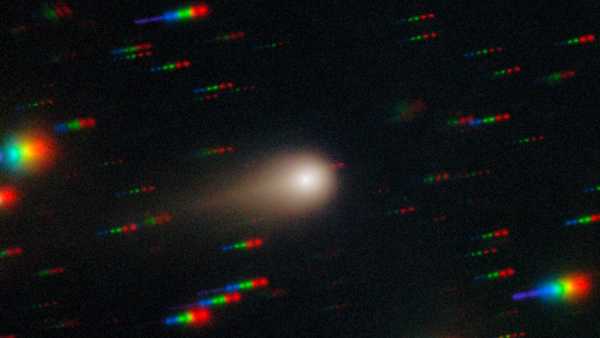
“Coronal rain” — seen here with the Goode Solar Telescope at Big Bear Solar Observatory — occurs when hot plasma in the sun's corona cools and becomes denser. It is pulled toward the surface by gravity. (Credit: Schmidt et al./NJIT/NSO/AURA/NSF)
Solar “raindrops” – streams of plasma and giant arcs that extend from the Sun's surface to the corona, the outermost part of the Sun's atmosphere – have been captured in breathtaking new detail using a ground-based telescope in California.
The images, taken using time-lapse technology that removes blur caused by Earth's atmospheric conditions, show coronal rain, a phenomenon that occurs when cooled plasma condenses and falls back toward the Sun's surface along magnetic field lines.
Other features captured include prominences — a term used by solar physicists to describe arcs and loops — and finely structured plasma flows. The images are artificially colored with hydrogen-alpha light from the telescope, making them appear pink.
You may like
Sourse: www.livescience.com





